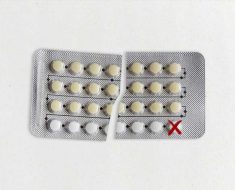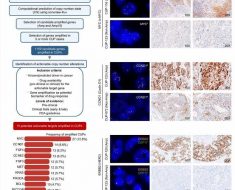
TUESDAY, Aug. 21, 2018 — Sentinel lymph node mapping has the lowest costs and highest quality-adjusted survival compared to both routine and selective lymphadenectomy for managing low-risk endometrial carcinoma, according to a study published in the July issue of Obstetrics & Gynecology.
Rudy S. Suidan, M.D., from the University of Texas MD Anderson Cancer Center in Houston, and colleagues evaluated the cost-utility of three lymphadenectomy strategies (routine lymphadenectomy in all patients, selective lymphadenectomy based on intraoperative frozen section criteria, and sentinel lymph node mapping) in the management of low-risk endometrial carcinoma.
The researchers found in the base-case scenario that routine lymphadenectomy had a cost of $18,041 and an effectiveness of 2.79 quality-adjusted life-years (QALYs) versus $17,036 and 2.81 QALYs with selective lymphadenectomy and $16,401 and 2.87 QALYS with sentinel lymph node mapping. Selective lymphadenectomy was both less costly and more effective than routine lymphadenectomy. But sentinel lymph node mapping dominated the other modalities and was the most cost-effective strategy. These findings remained even when varying the rates of lymphedema and lymphadenectomy, surgical approach (open or minimally invasive surgery), lymphedema utility, and costs.
“For the estimated 40,000 women undergoing surgery for low-risk endometrial carcinoma each year in the United States, the annual cost of routine lymphadenectomy, selective lymphadenectomy, and sentinel lymph node mapping would be $722 million, $681 million, and $656 million, respectively,” the authors write.
Several authors disclosed financial ties to the pharmaceutical industry.
Abstract/Full Text (subscription or payment may be required)

Posted: August 2018
Source: Read Full Article





